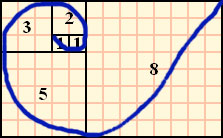On this page, we have included the most famous sacred geometry symbols. Nature has many sacred geometry symbols, like flowers or snowflakes, embedded into its makeup. We also show you how to make some of them, which are quite fun to know. To see how to make some of these sacred geometry symbols, please go to the end of this page and click on Page 2.
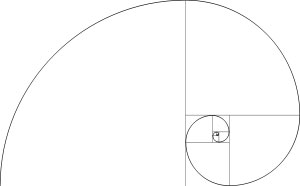
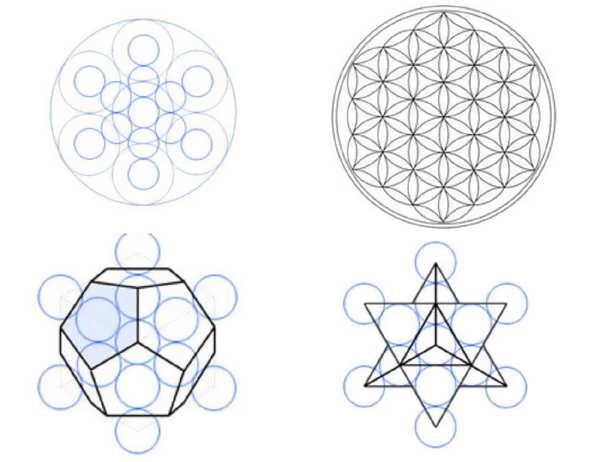
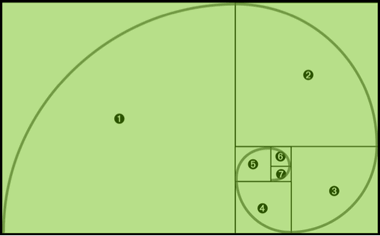
The Golden Rectangle, the black outline of this spiral, is what forms a Golden Rectangle.
From the following picture, you can make several Sacred Geometry Symbols:
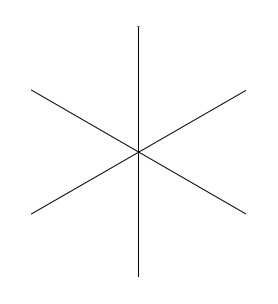
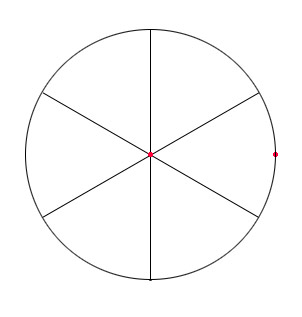
Basic Circle
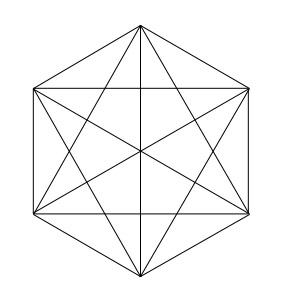
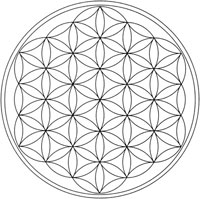
The Flower of Life – This shape was done using the above-mentioned pattern.
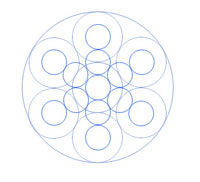
The Fruit of Life
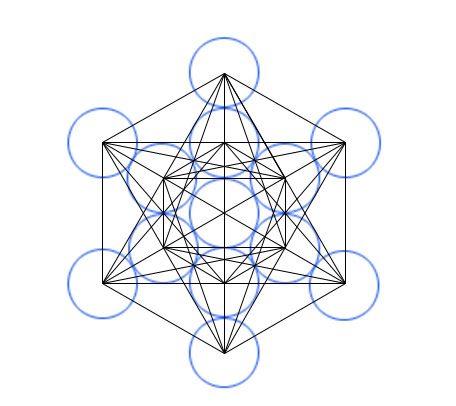
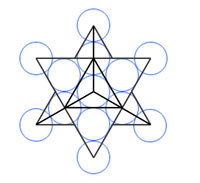
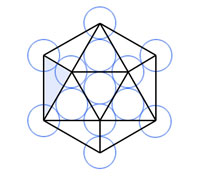
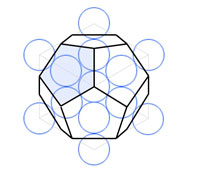
In this first section, I will teach you about the most popular and important sacred geometry symbols. First, we will start with the Golden Rectangle. The Golden Rectangle is known as the most pleasing rectangle shape to look at; it is the most perfect. The Greeks were the first to call phi the Golden Ratio. They associated the number with perfection. It seems to be part of human nature or instinct for us to find things that contain the Golden Ratio naturally attractive. The Golden Rectangle has this Golden Ratio into its makeup. You will need a piece of paper, a pencil, and a ruler to draw your first Golden Rectangle.
1. First Step: Make a square, 1 or 2 inches long. Make sure all the sides of your square are equal. This exercise is best done with graph paper. If you don’t have any, it will work anyway.
2. Step Two: With a ruler, find the mid-point on the base of your square, measure half the length of your square in other words. Ok, now draw a line up the middle of your square all the way to the top.
3. Step Three: Draw a diagonal line from the mid-point on the base of the square all the way up to the right top side of the second half of your square. Now, measure the length of this line with your ruler.
4. Step Four: Starting from the mid-point of the base of your square, draw a line towards the right, the same length as your diagonal line. Do the same from the top mid-point of your square. Join the two ends with a line going down. Now you have a Golden Rectangle. You can measure the proportions if you want to see it.
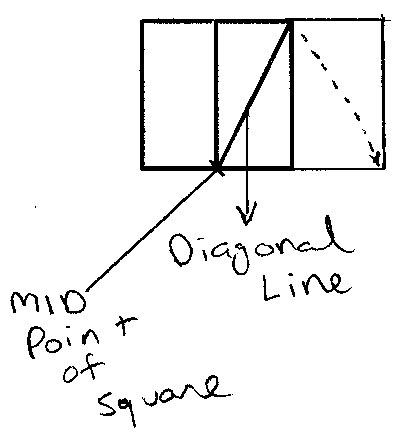
The golden ratio was often used in Greek and Roman architecture design.
Sacred geometry is the geometry that is sacred to the observer or discoverer. This meaning is sometimes described as being the language of the God of the religion of the people who discovered or used it. Sacred geometry can be described as attributing a religious or cultural value to the graphical representation of the mathematical relationships and the design of the man-made objects that symbolize or represent these mathematical relationships.
Making your first Fibonacci spiral: First, get some graph paper, and with a pencil, draw two parallel lines 13 squares long. One on top of the other; look at the picture below; the two lines are the top and bottom of the rectangle. Next, join the ends of the two lines to make a rectangle. Next, you draw the line at the eighth square to make a square 8 boxes long and eight boxes high. The box you just made is box eight below. Next, draw another square 5 boxes long by five boxes high in the upper right-hand corner. That will be square number 5 in the picture below. Then you draw another square 3 boxes by three boxes where the number 3 box is below. Next, you draw a square of 2 boxes by two boxes like the one below. Next two by 2, and next one by 1.
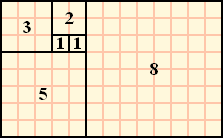
Then you draw your spiral, which will look something like this.
